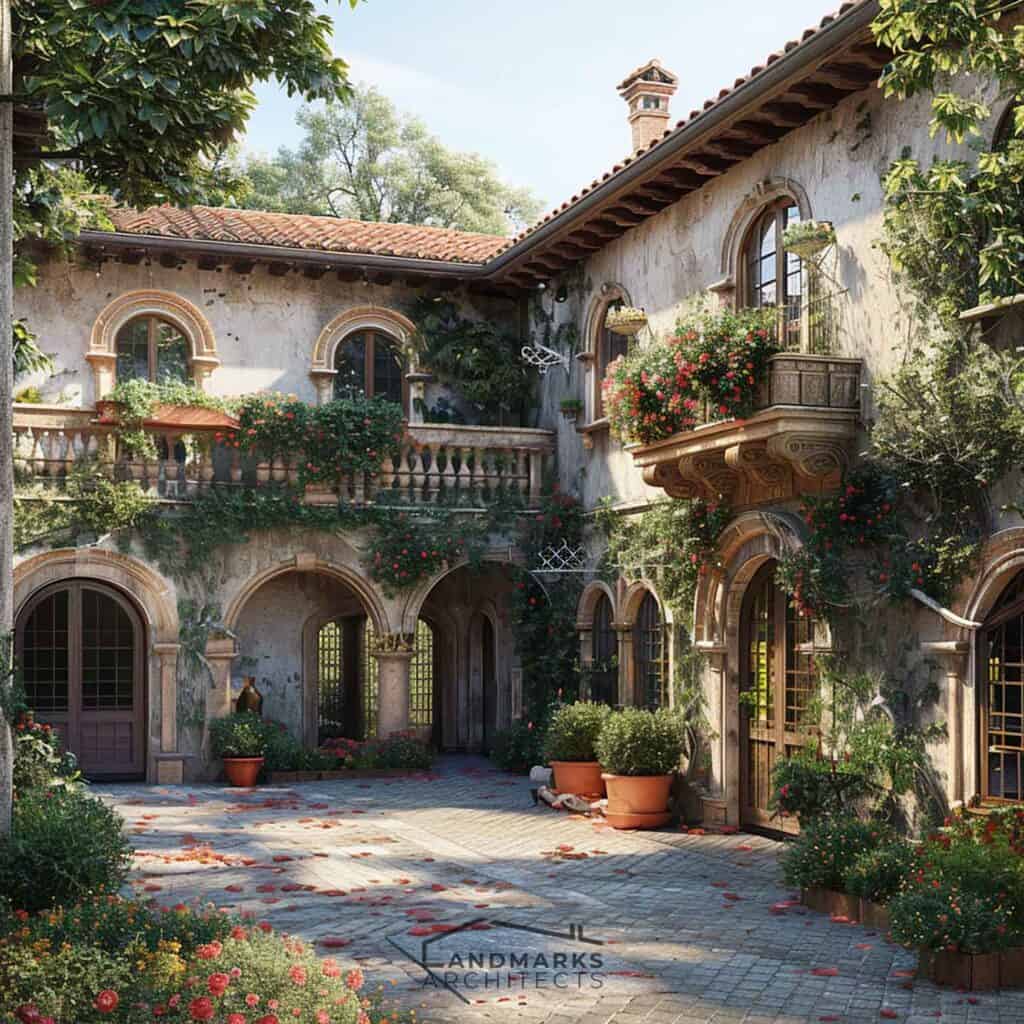
Welcome to our exploration of Italian homes’ architecture. In this article, we will traverse through history, culture, and design to uncover the essence of Italian architectural marvels.
In the following, we will explore the intricate details of Italian architecture, tracing its evolution through key historical periods and regional variations. We will examine the distinctive features of Italian homes, both inside and out, investigating the use of materials, design principles, and the seamless integration of indoor and outdoor spaces. Join us as we unravel the secrets of Italian houses, where craftsmanship meets artistry, and tradition merges with innovation.
1. Historical Context
Historical Development
Italian architecture has evolved over the centuries, reflecting the socio-cultural changes that swept through the nation. From the utilitarian structures of ancient Rome to the intricate palaces of the Renaissance, each era brought forth distinct architectural styles that continue to influence contemporary designs.
Key Periods and Styles
Ancient Roman Architecture: The enduring legacy of ancient Roman architecture is evident in the structural durability and engineering marvels seen in Italian homes. The widespread use of stone, with its timeless appeal, and the incorporation of arches showcase the lasting impact of Roman design principles.
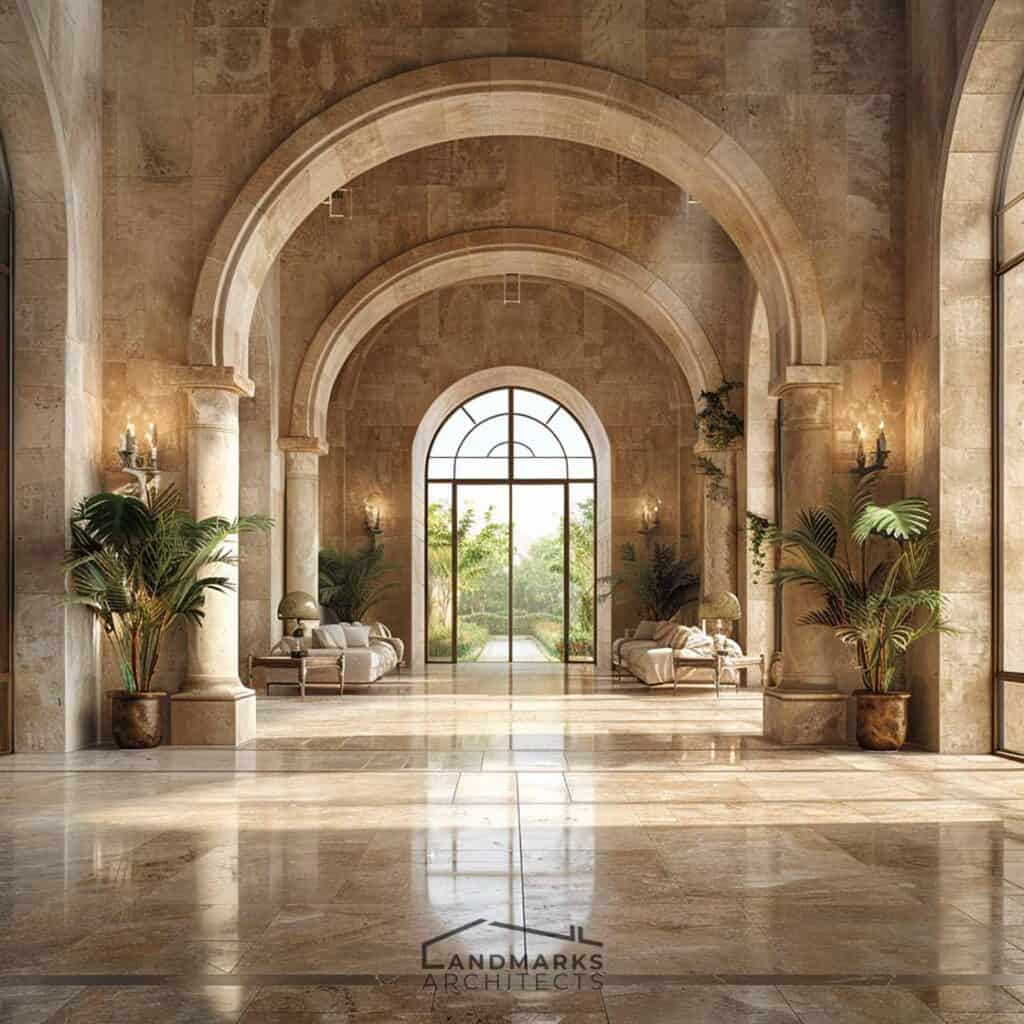
Renaissance Architecture: The Renaissance marked a pivotal period in Italian architecture, emphasizing proportion, harmony, and classical motifs. This era birthed the iconic villas that dot the Italian countryside, blending art and living spaces seamlessly.
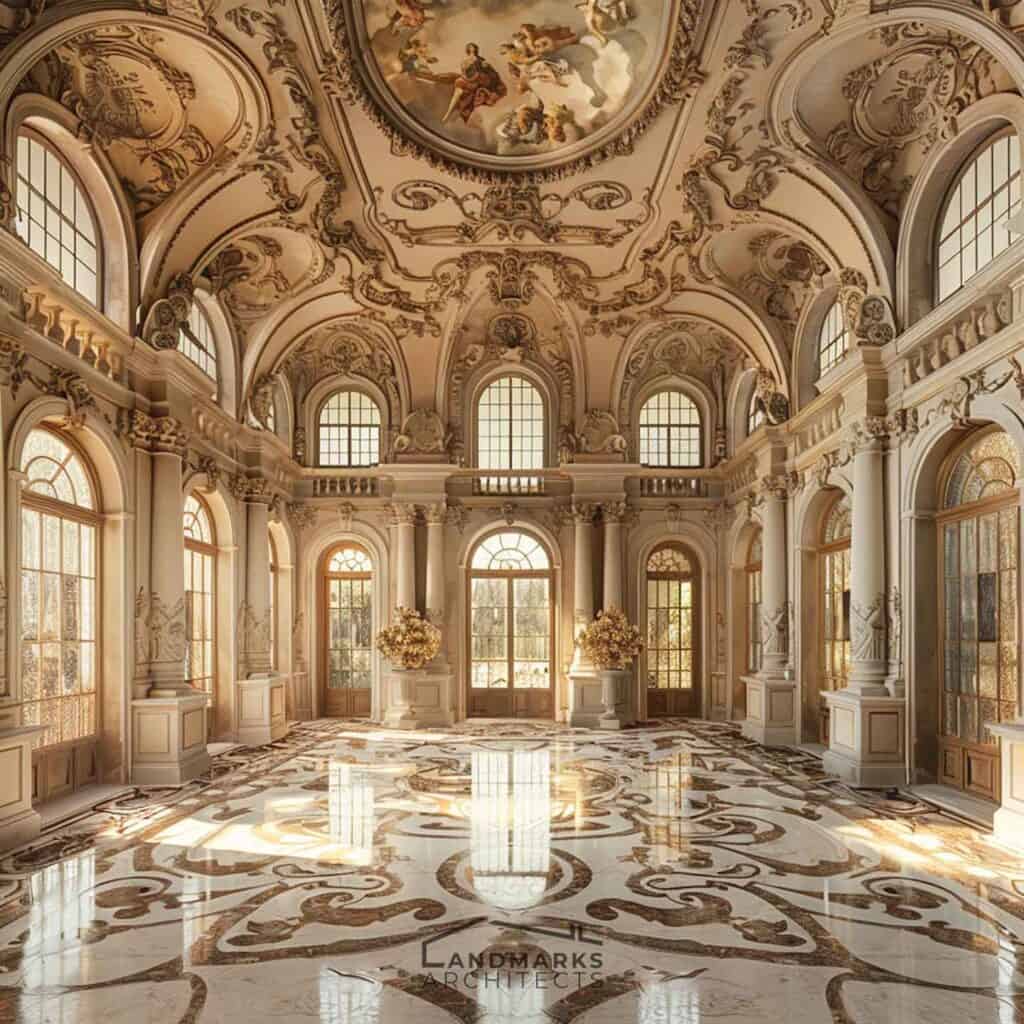
Baroque and Neoclassical Influences: Baroque and Neoclassical styles brought forth a theatrical and symmetrical element to Italian architecture. Ornate facades, detailed frescoes, and grand staircases became hallmarks of the opulence associated with these periods.
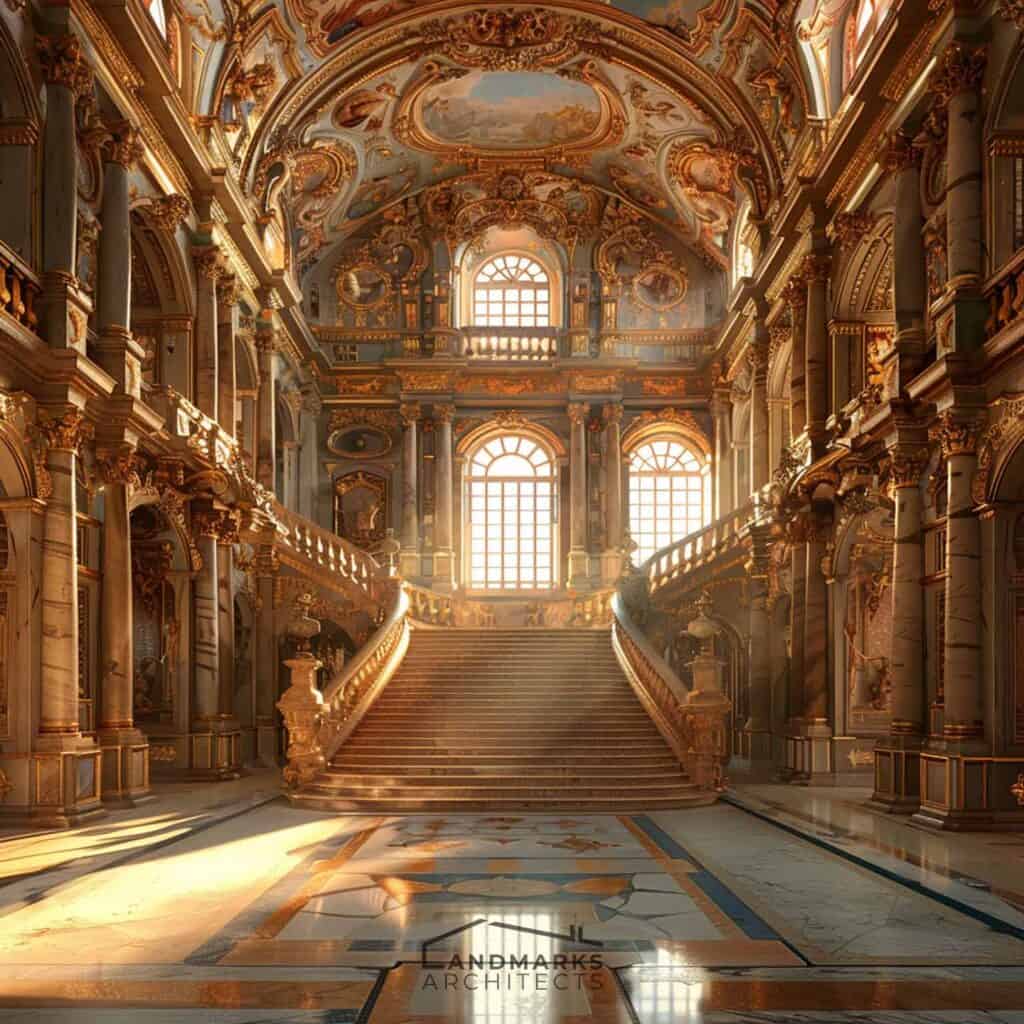
2. Key Architectural Features
Exterior Design
Use of Materials (Stone, Stucco, Terracotta): Italian homes are renowned for their use of natural materials, with stone, stucco, and terracotta dominating the exteriors. These materials not only provide durability but also create a warm and inviting aesthetic.
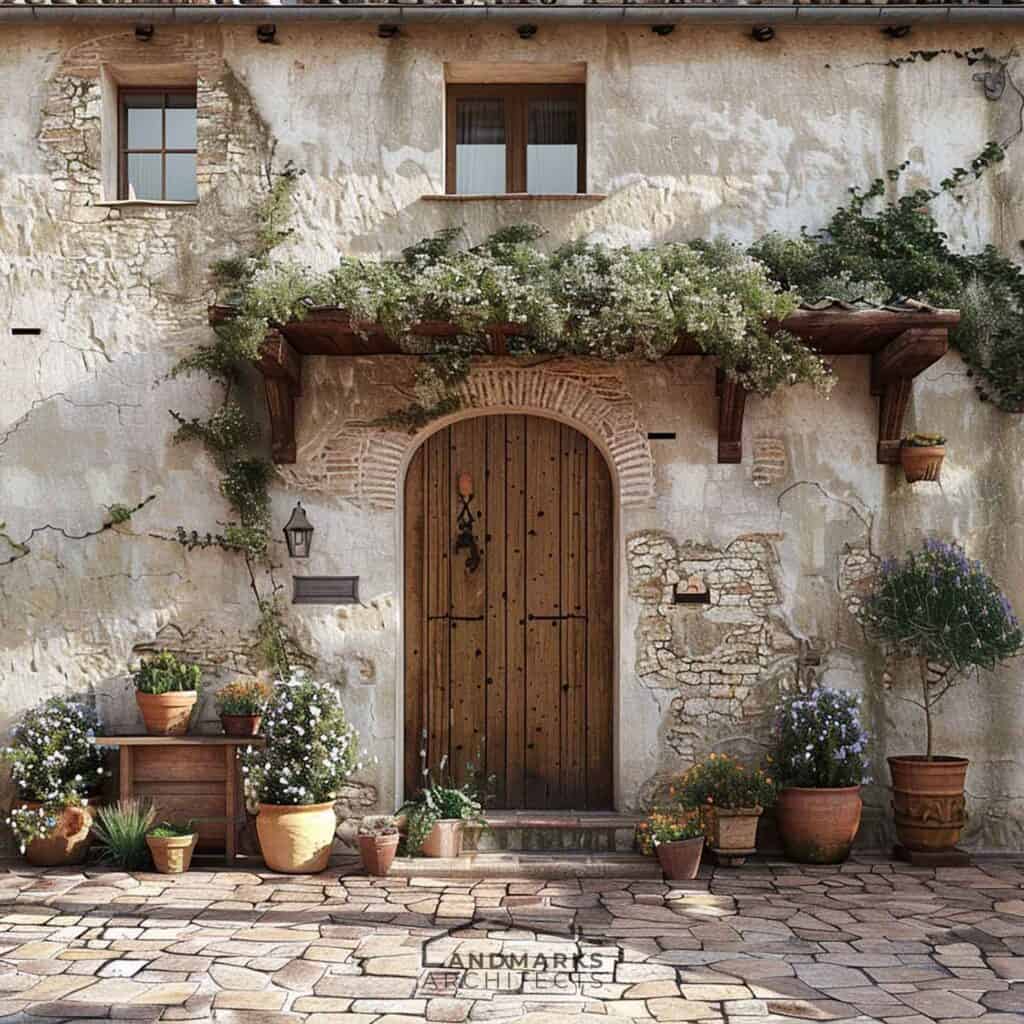
Roof Styles (Terra Cotta Tiles): The distinctive terra cotta tiles that grace Italian rooftops not only serve a practical purpose but also contribute to the overall Mediterranean charm of these homes.
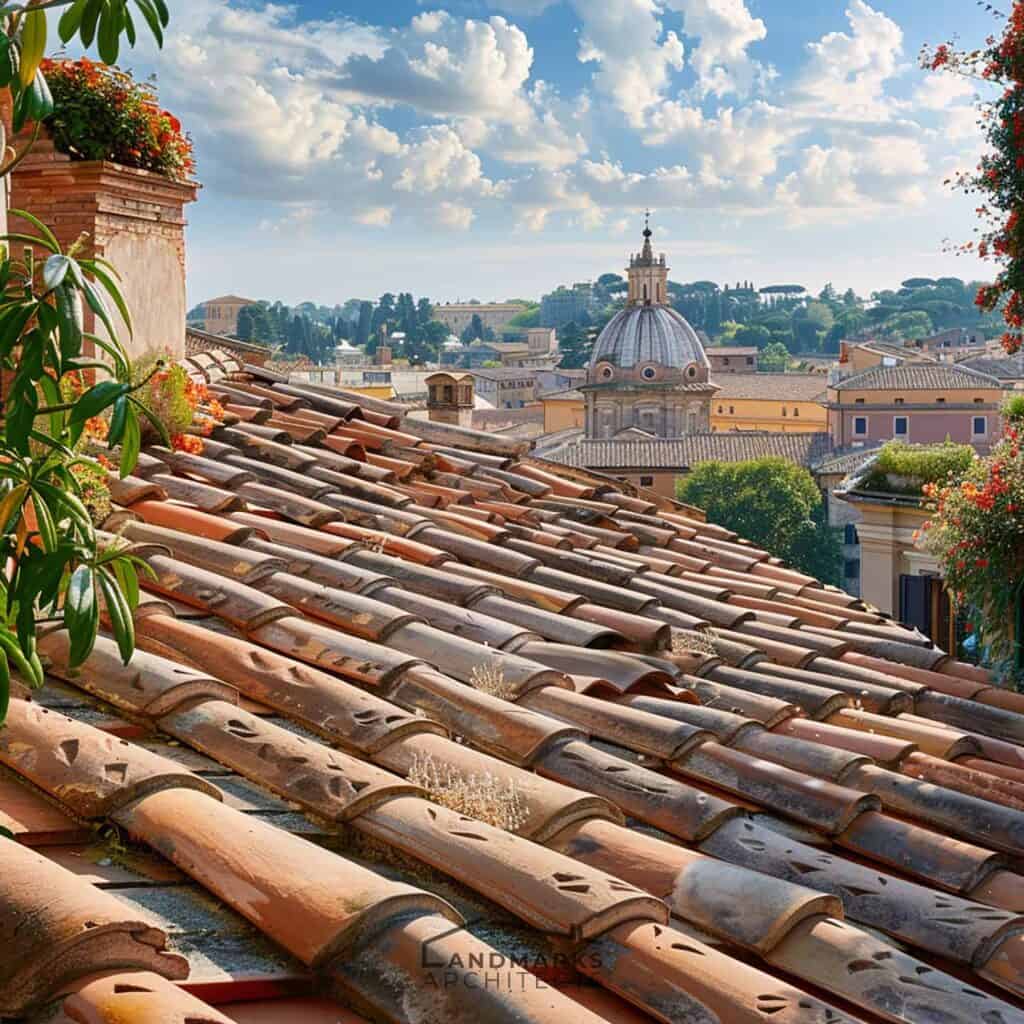
Archways and Columns: Graceful archways and majestic columns, inspired by ancient Roman architecture, adorn the exteriors, creating a sense of timelessness and architectural continuity.
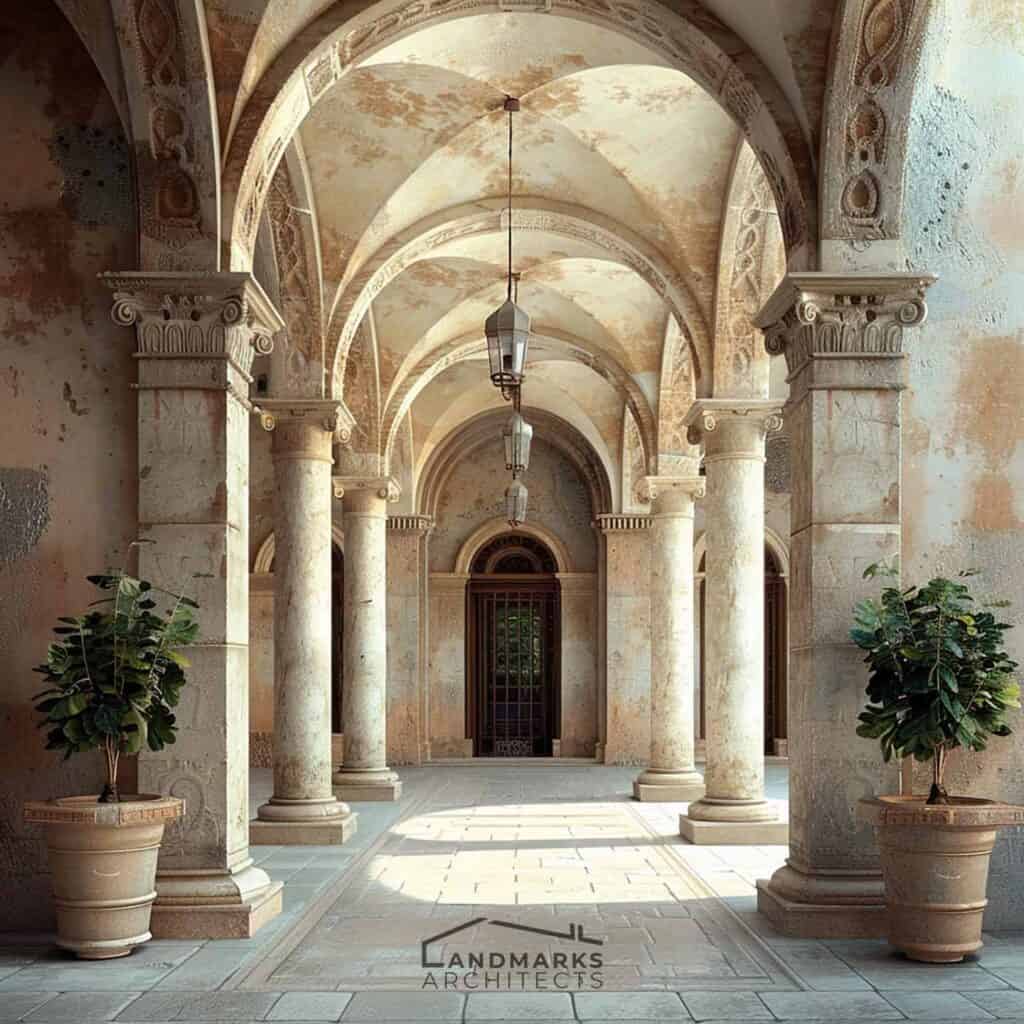
Interior Design
Open Floor Plans: Italian homes embrace open floor plans, fostering a sense of connectivity and fluidity within living spaces. This design approach creates a harmonious flow between rooms, maximizing both natural light and living space.
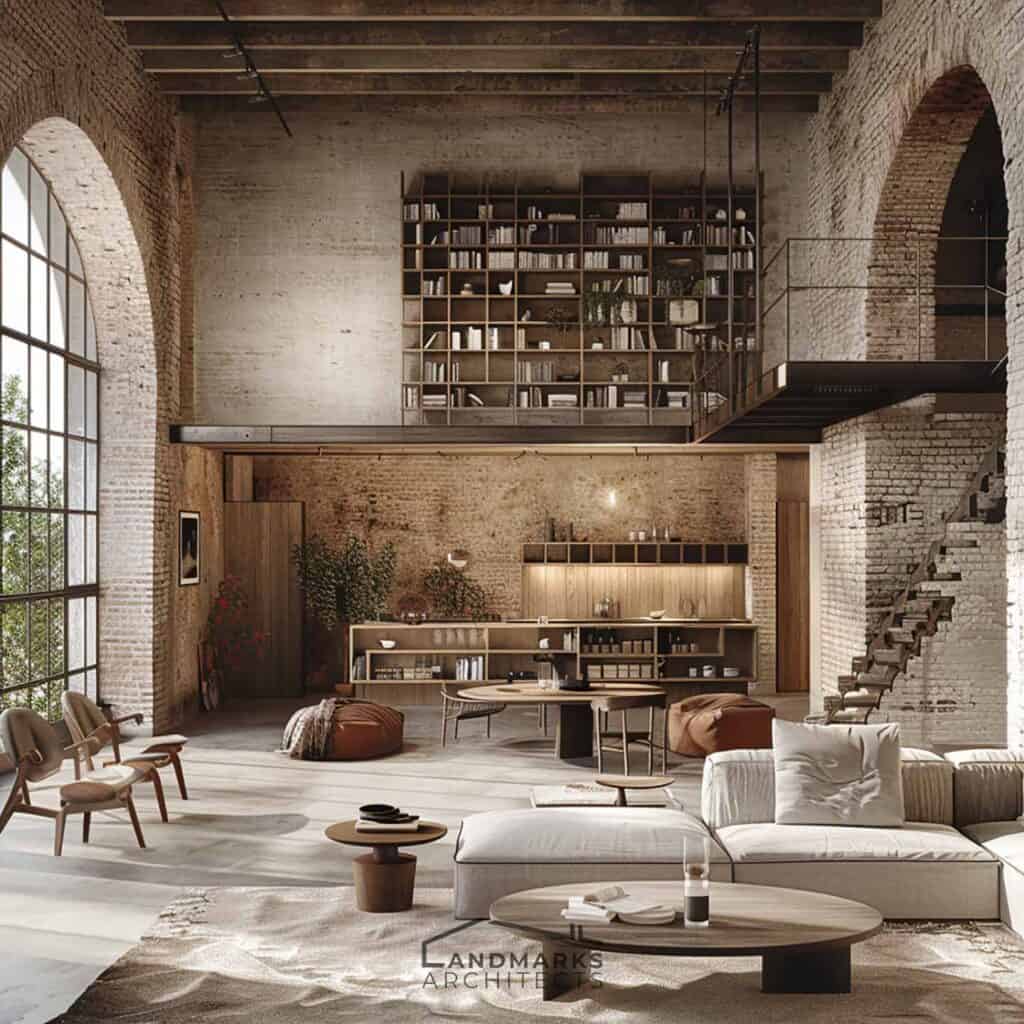
Frescoes and Murals: The interior walls of Italian homes become canvases for intricate frescoes and murals, a testament to the nation’s artistic heritage. These hand-painted artworks add a touch of sophistication and cultural richness to the living spaces.
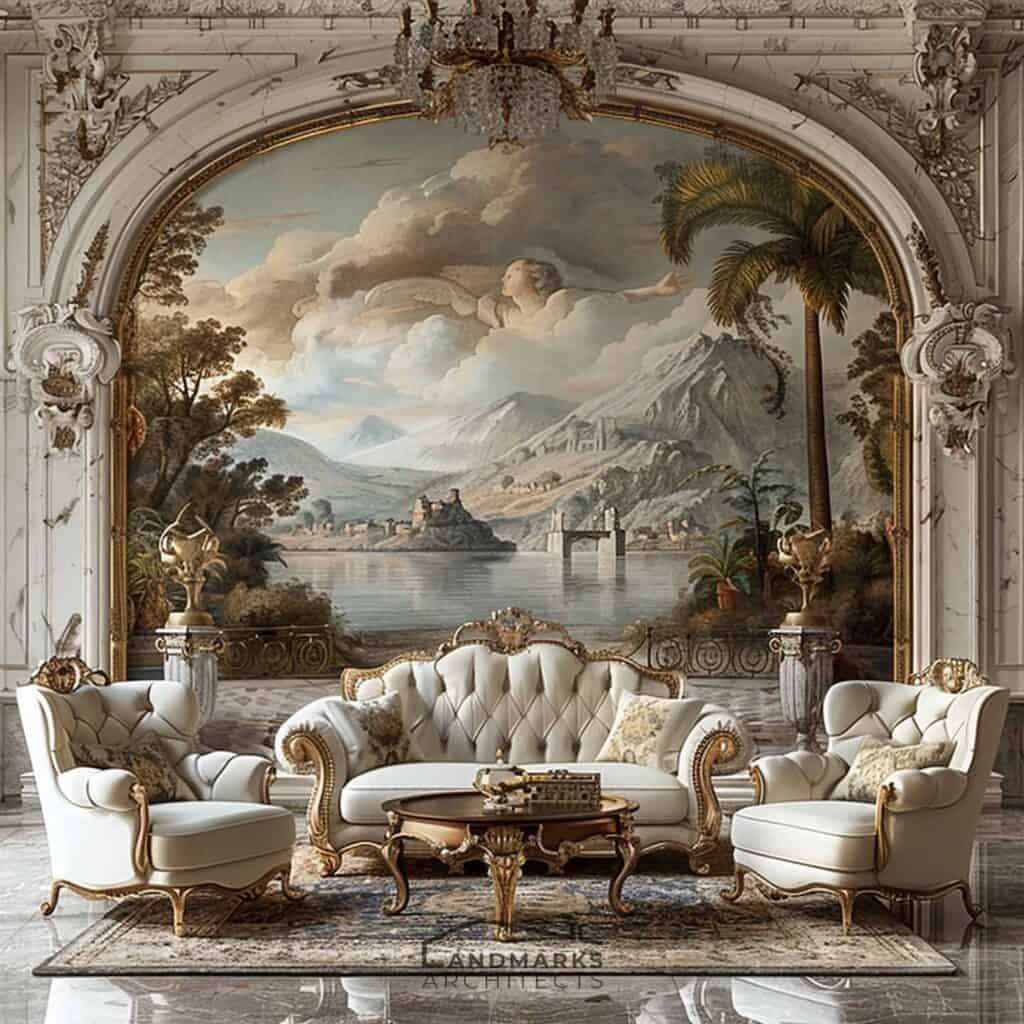
Grand Staircases: Grand staircases, often adorned with intricate railings and sculptural details, serve as focal points in Italian homes. Beyond their functional role, they contribute to the overall elegance and grandeur of the interior spaces.
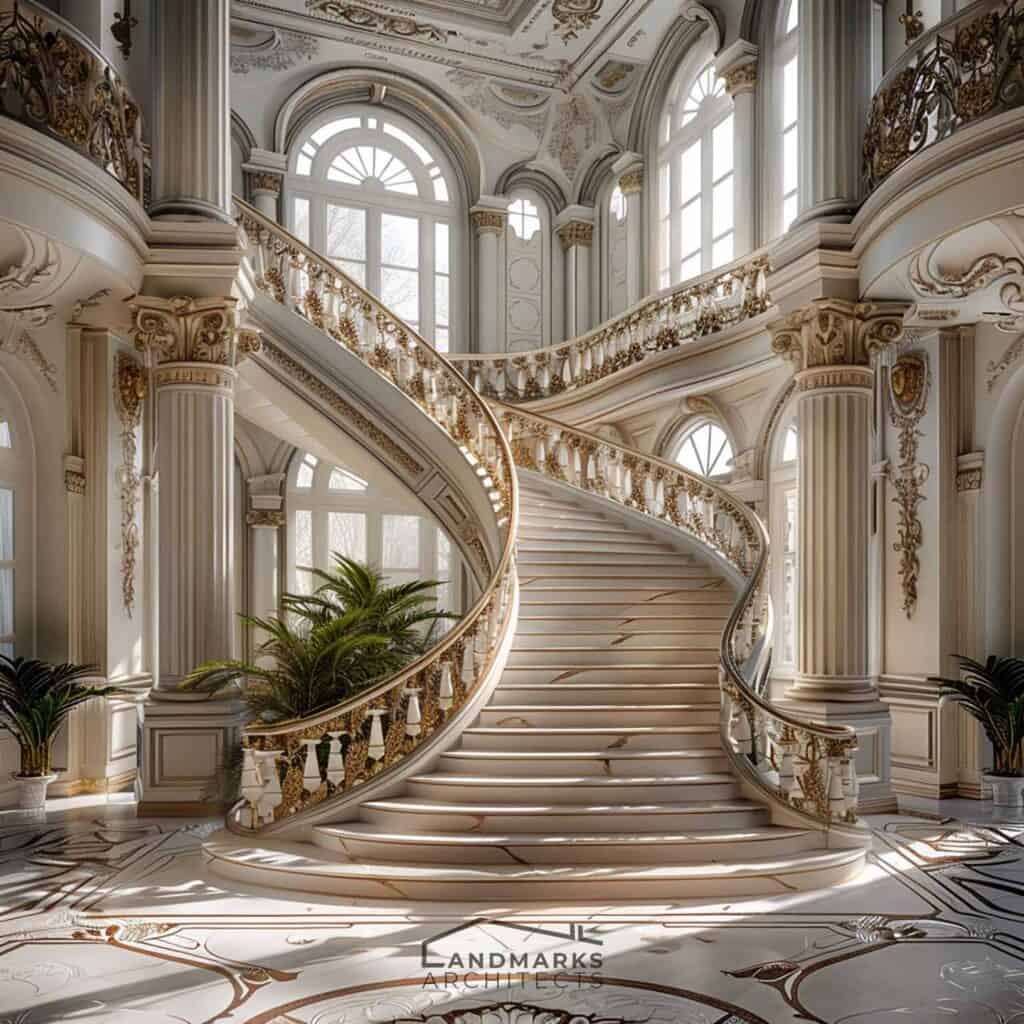
Courtyards and Gardens
Importance of Outdoor Spaces: Courtyards and gardens are integral components of Italian homes, offering residents a connection to nature and a serene retreat from the hustle and bustle of daily life.
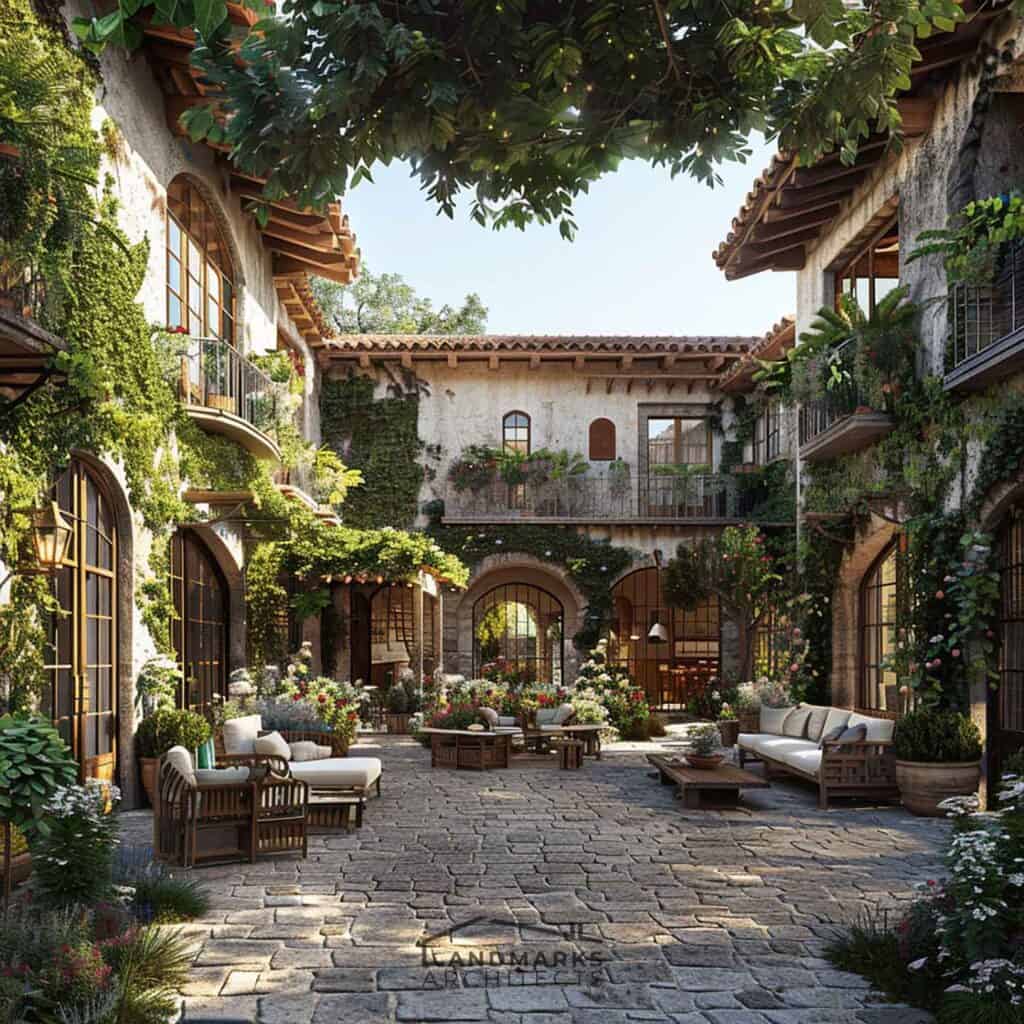
Courtyard Design and Landscaping: Meticulously designed courtyards feature fountains, statues, and lush greenery, creating a tranquil oasis within the confines of the home. The careful landscaping enhances the visual appeal and contributes to the overall sense of well-being.
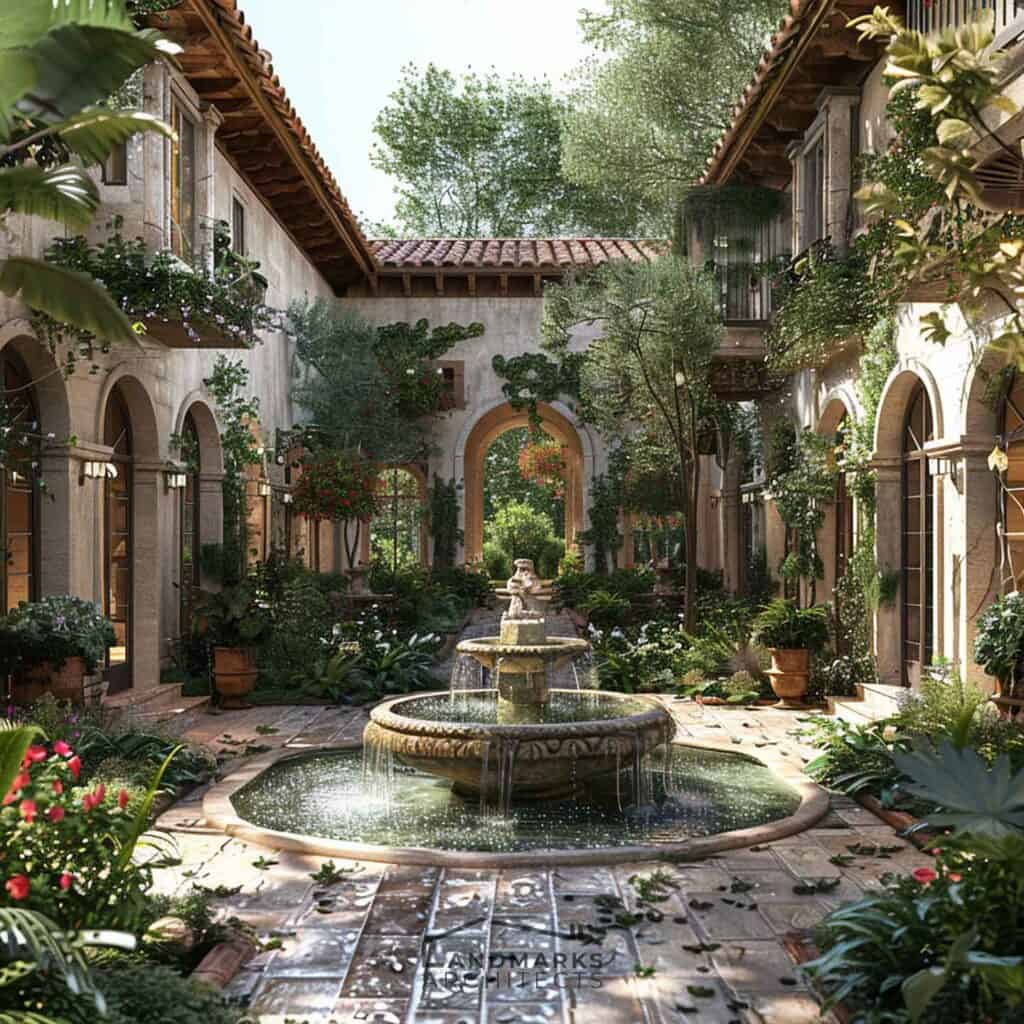
Terraces and Balconies: Terraces and balconies provide panoramic views of the surrounding landscape, blurring the boundaries between indoor and outdoor living. These spaces are often utilized for leisure, dining, and social gatherings, emphasizing the importance of the al fresco lifestyle in Italian culture.
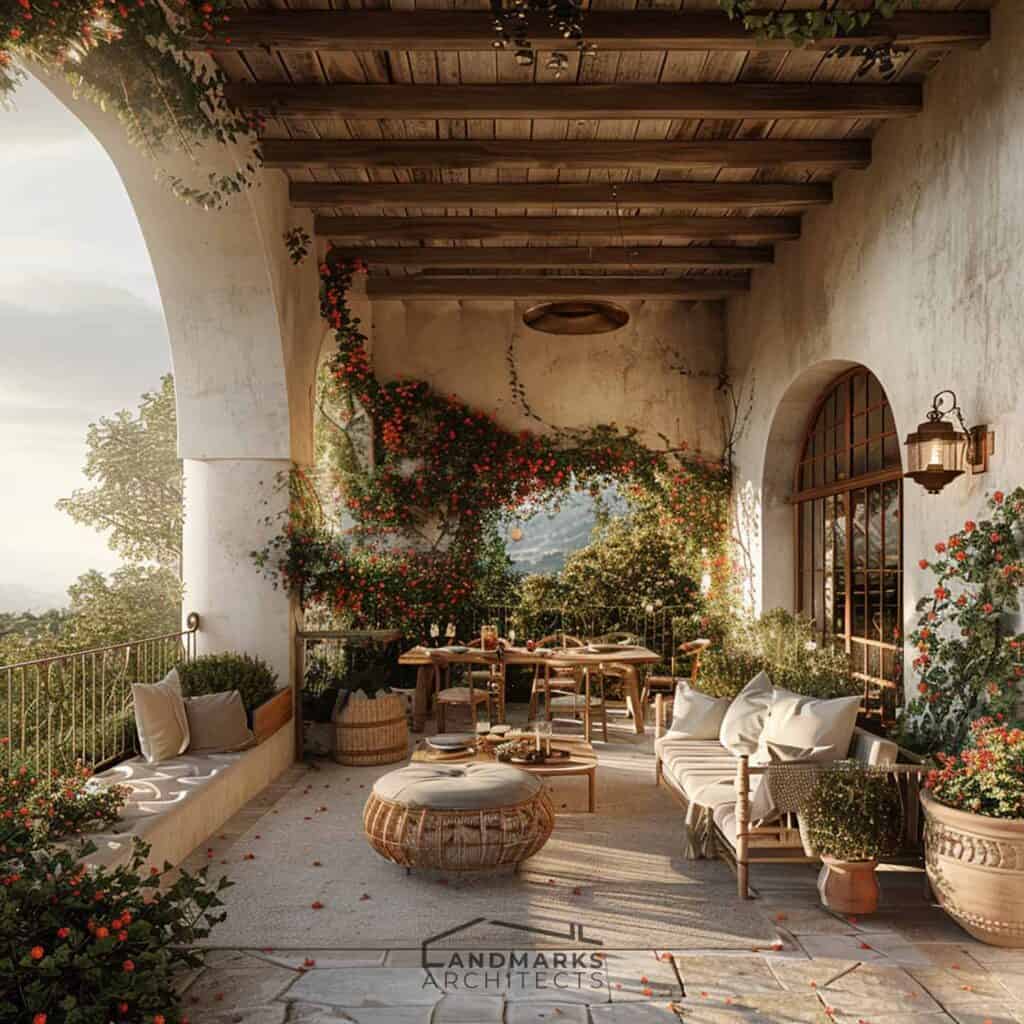
3. Regional Variations
Regional Differences
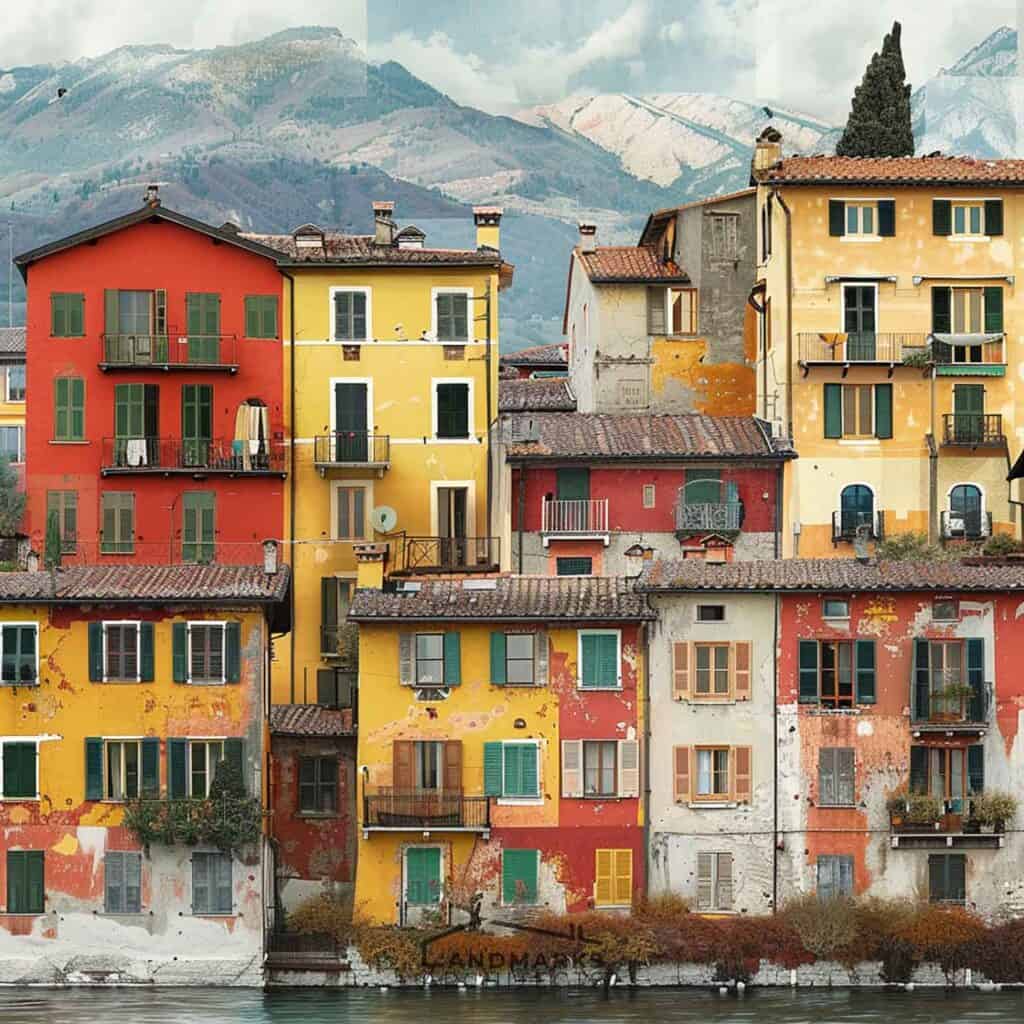
Italian architecture is not a monolithic entity but rather a mosaic of regional variations. From the romanticism of Lake Garda to the Alpine influences in South Tyrol, each region boasts its unique architectural identity.
Local Traditions and Climates

In Italy, local traditions and climates heavily influence architectural styles and designs, resulting in a rich mosaic of diverse structures across the country. In regions such as Tuscany and Umbria, where the climate tends to be mild and temperate, traditional architecture often features terracotta roofs, stone facades, and open courtyards that maximize natural ventilation and light. In contrast, mountainous regions such as the Dolomites prioritize sturdy, stone-built structures with sloped roofs to withstand heavy snowfall. Each locale in Italy cherishes its unique architectural heritage, blending historical influences with contemporary innovations to harmonize with the local environment while preserving cultural identity and tradition.
4. Famous Italian Homes
Delving into the architectural nuances of these iconic homes unveils a world of craftsmanship, artistic expression, and historical importance. Villa d’Este’s gardens, Villa Medici’s art collection, and Palazzo Farnese’s architectural details serve as windows into Italy’s cultural legacy.
Villa d’Este in Tivoli
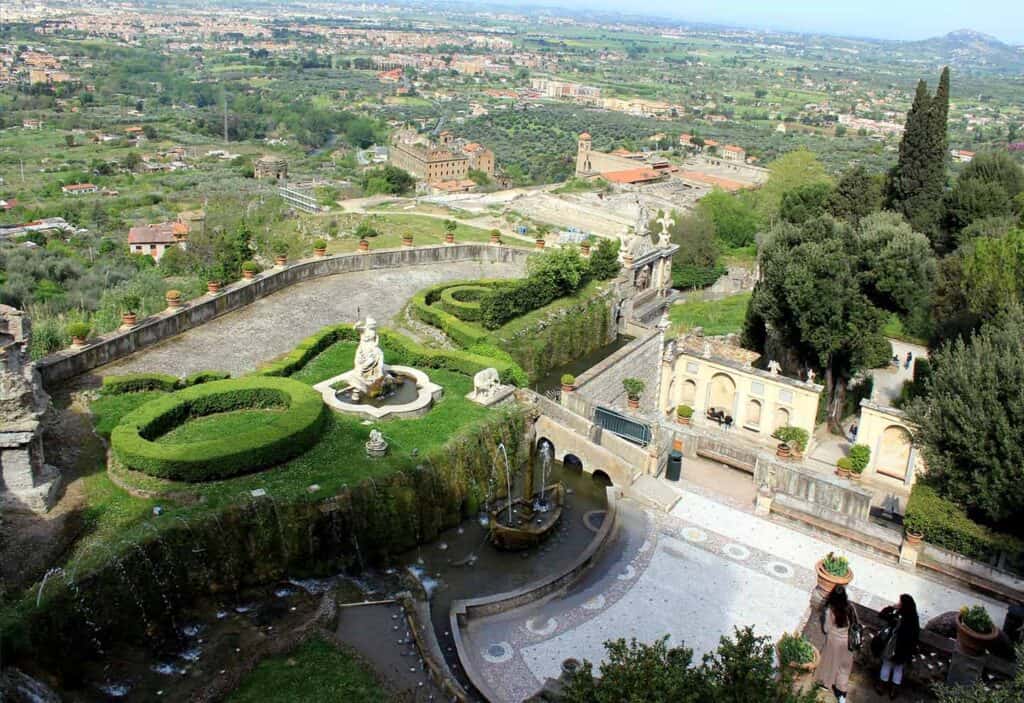
Villa d’Este stands as a masterpiece of Renaissance architecture, surrounded by enchanting gardens and fountains. Its influence extends beyond its time, shaping the aspirations of subsequent generations.
Villa Medici in Rome
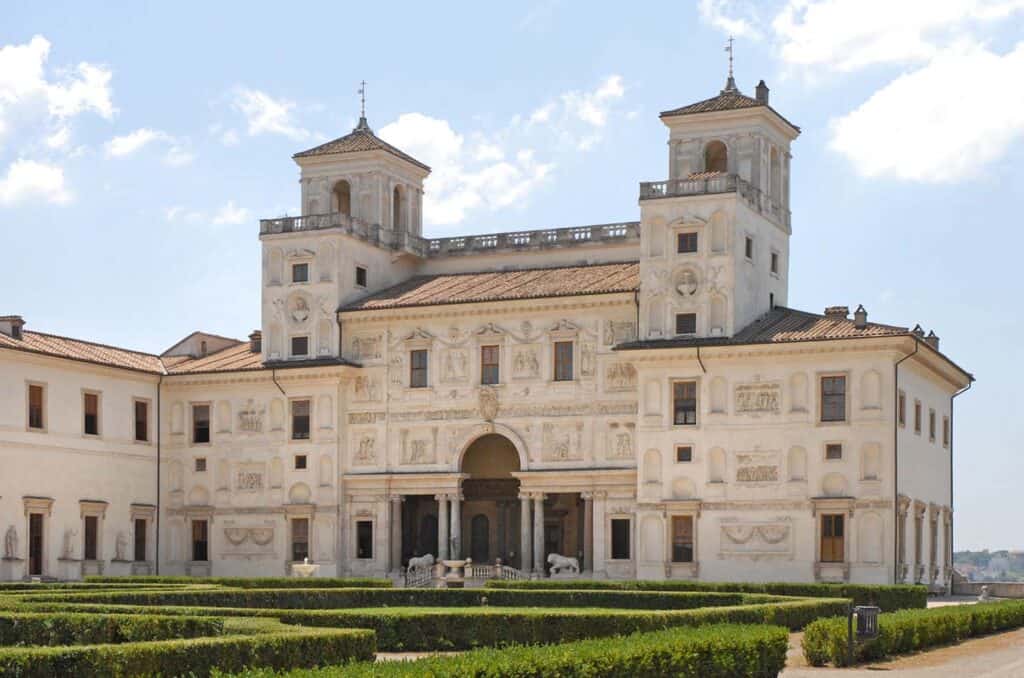
Perched atop the Pincian Hill in Rome, Villa Medici stands as a timeless testament to Renaissance elegance and artistic patronage. Commissioned by Ferdinando I de Medici in 1544, this architectural marvel encapsulates the spirit of its era with its symmetrical façade and lush gardens. Serving as a cultural hub for generations, the villa became the residence of the French Academy in Rome in 1803, fostering creativity and intellectual exchange among renowned artists and scholars.
Villa Carlotta, Tremezzo, Lake Como
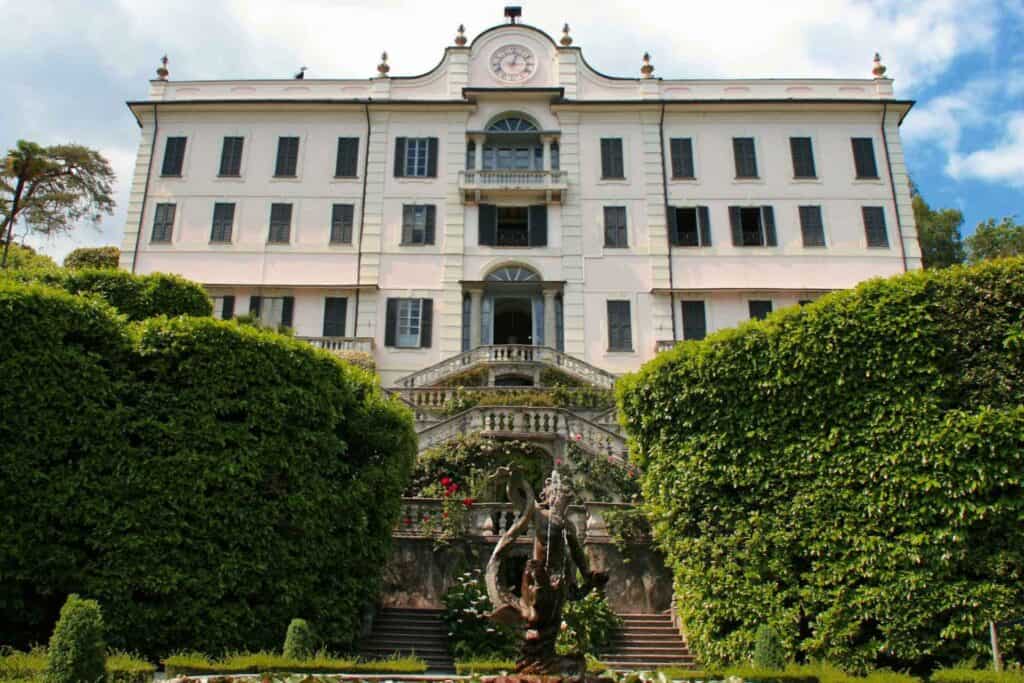
Villa Carlotta, located in Tremezzo on the shores of Lake Como, epitomizes the essence of an Italian villa. Its graceful exterior faces the azure waters, complemented by verdant gardens. With a rich historical background and stunning surroundings, Villa Carlotta provides a peaceful getaway, welcoming guests to discover its enduring allure and experience the enchantment of Lake Como
Villa Rufolo, Ravello, Amalfi Coast
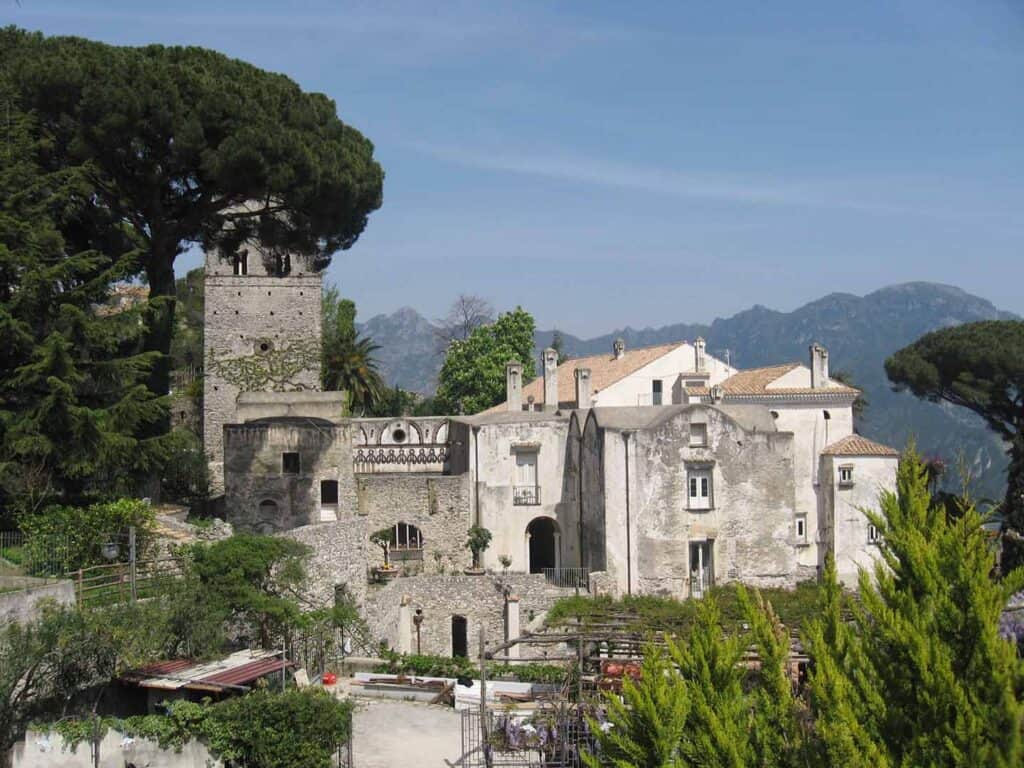
Villa Rufolo, situated in the enchanting town of Ravello on the Amalfi Coast, is a cultural gem that exudes timeless beauty and historical significance. Its allure has captivated artists and musicians for centuries, including the composer Richard Wagner, who found inspiration amidst its tranquil surroundings.
Villa Cimbrone, Ravello – Amalfi Coast
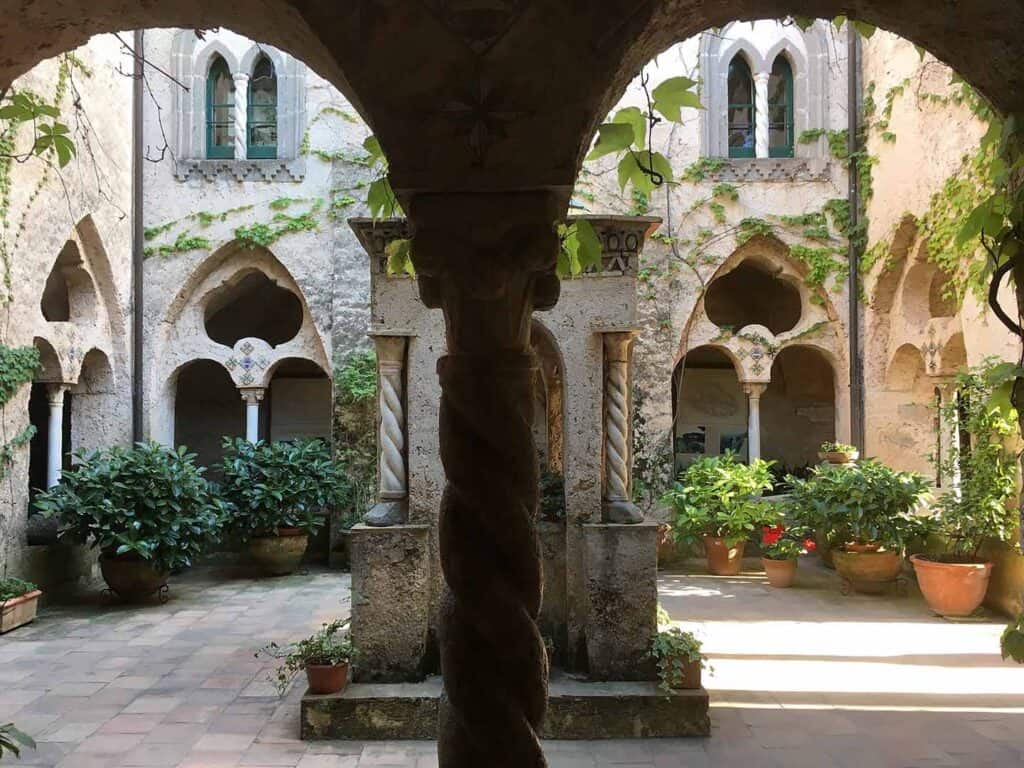
Perched along the picturesque cliffs of the Amalfi Coast, Villa Cimbrone in Ravello exudes an enchanting blend of old-world charm and modern Italian elegance. This magnificent Italian-style house, dating back to the 11th century, boasts breathtaking views of the Mediterranean Sea and lush, terraced gardens. With its ornate architecture, graceful archways, and intricate detailing, Villa Cimbrone transports visitors to a bygone era of opulence and sophistication. Yet, amidst its historic allure, the villa offers a luxurious experience that seamlessly integrates contemporary comforts and amenities.
Palazzo Farnese in Rome
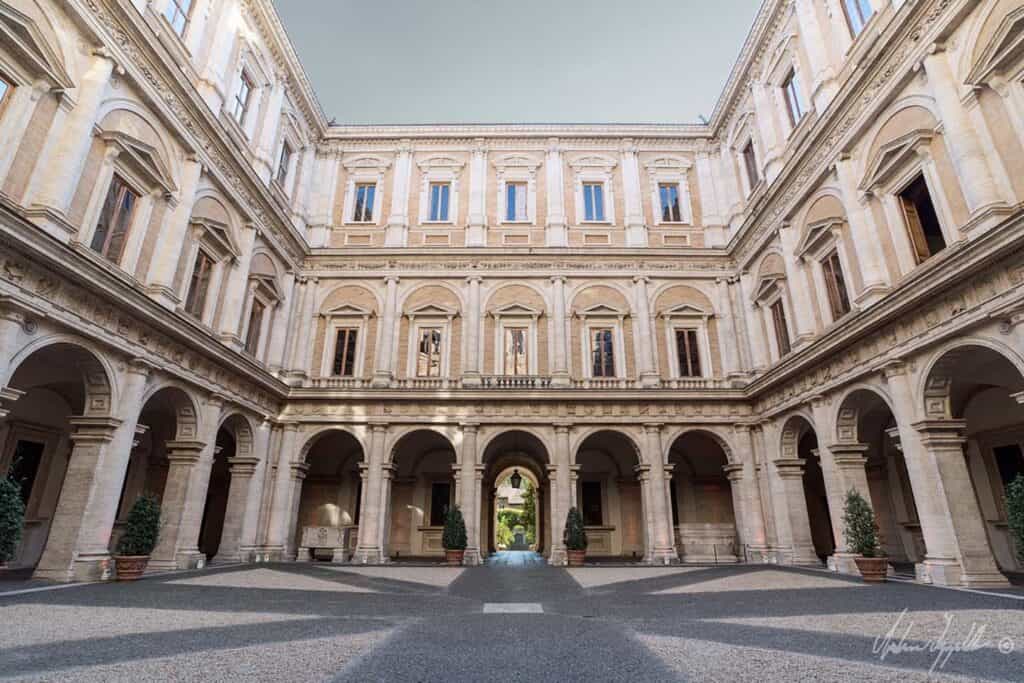
Palazzo Farnese, a symbol of Renaissance and High Renaissance styles, dominates the Roman skyline. Its imposing presence and artistic details reflect the power and cultural significance of its time.
5. Modern Interpretations
Contemporary Italian Architecture

Contemporary Italian house architects, exemplified by Giordano Hadamik Architects, uphold the rich legacy of Italian architecture while pioneering futuristic concepts. Their creations seamlessly blend historical reverence with forward-looking design principles, underscoring a dedication to sustainability, practicality, and aesthetic ingenuity. Through their endeavors, these architects propel the progression of Italian architectural tradition, showcasing the harmonious fusion of innovative approaches with time-honored heritage, all tailored to modern lifestyles.
Traditional Elements
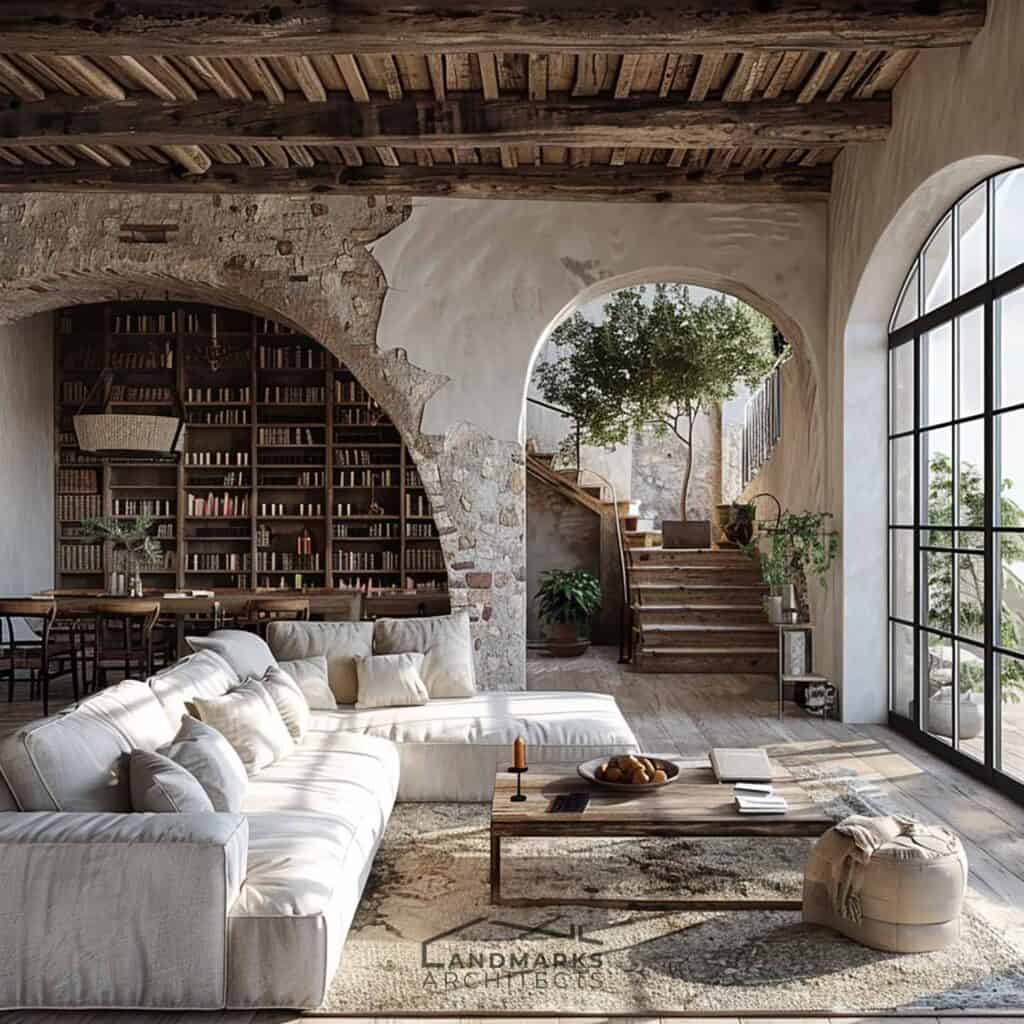
Contemporary Italian houses seamlessly integrate traditional elements, such as exposed beams and asymmetrical layouts, into modern designs. The use of natural materials and a focus on maximizing natural light pay homage to the timeless appeal of Italian architecture.
Architecture of Italian Houses: A recap
The exploration of Italian house architecture unravels a narrative of artistic evolution, regional diversity, and enduring design principles. From ancient Rome to contemporary Milan, each era has left its mark on the architectural landscape
Beyond Italy’s borders, Italian homes have become global symbols of sophistication and cultural richness. The timeless allure of these homes transcends geographical boundaries, influencing architectural trends worldwide.
In a world where architectural trends come and go, the enduring charm of Italian design lies in its seamless integration of past and present. Modern villas and contemporary Italian houses continue to enchant us with their timeless elegance, serving as living testaments to a legacy of craftsmanship, artistry, and the pursuit of beauty.










